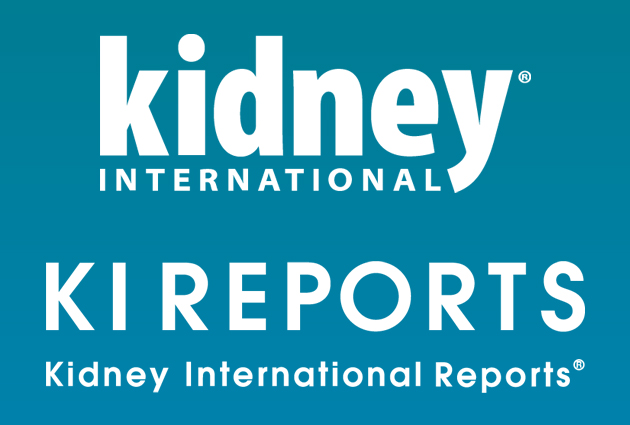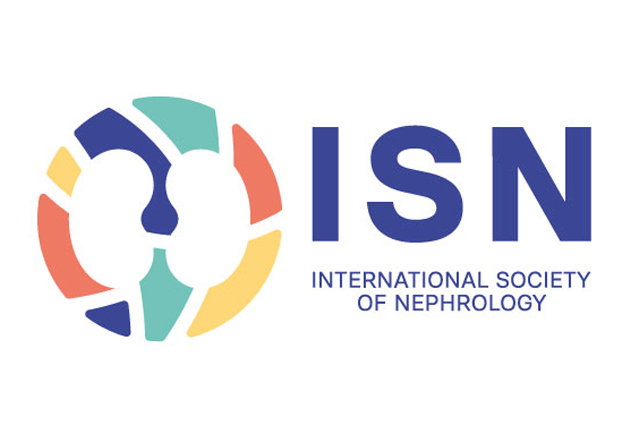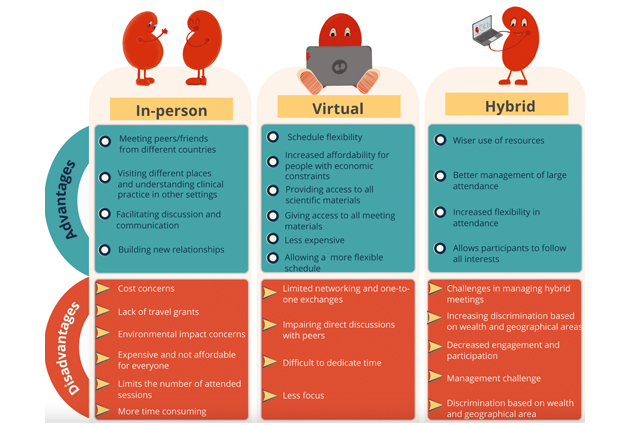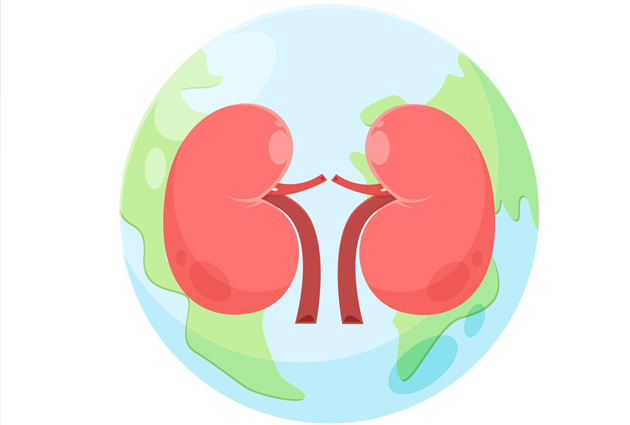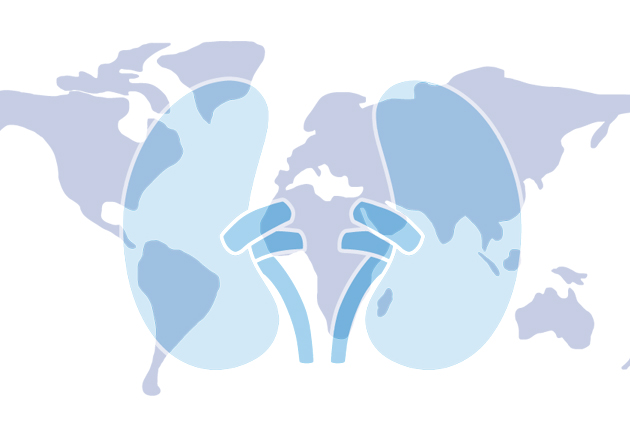Considering Alternatives to Support Home Hemodialysis: The Benefits of Community Hemodialysis Houses

By Rachael C Walker, Ph.D., NP, MN, RN
Eastern Institute of Technology, Hawke’s Bay, New Zealand. Member of the ISN Kidney Health Professionals Working Group
For a variety of reasons, many countries are unable to accommodate those with end-stage kidney disease on hemodialysis in hospitals or in-centre dialysis units.1 Home dialysis offers an alternative to this with several advantages to both patients and the health systems, particularly regarding access to treatment and extended-hour dialysis.2-7 However, countries that have active home dialysis programs have noted that the uptake of home dialysis is often lower in Indigenous, ethnic minority, and more socio-economically disadvantaged groups.8,9,10 This is despite home dialysis being acknowledged as a kidney replacement therapy option that helps to maintain a sense of individual and cultural identity and involvement.11
In New Zealand, a country with high rates of home dialysis, the first community hemodialysis houses were set up to support patients from both urban and remote areas whose housing and/or utilities were barriers to home hemodialysis.12 Community house hemodialysis is a sub-modality of home hemodialysis that enables patients to perform hemodialysis independent of nursing or medical supervision in a shared house somewhere within their local community.
When researching patients who have chosen to use community house hemodialysis, we found that this alternative treatment option often better aligns with the treatment preferences of a group of patients who otherwise may not utilize home hemodialysis.13 In this study, this sub-modality was more acceptable for Indigenous and minority groups, who typically have lower uptake of home dialysis. The community houses supported patients to achieve hemodialysis best practice by providing them with the ability to extend their treatment hours as they could access the houses when it suited them and provided them with a safe and comfortable environment to do so. The community houses also provided many other benefits over both home and facility dialysis, including reduced burden on family, flexibility, and freedom (particularly in respect to the ability to maintain employment); this sub-modality also encouraged personal health, sense of community, and peer support.
For countries who want to promote the use of home dialysis and encourage equitable access to home dialysis, community house hemodialysis should be explored. This sub-modality may also support extended-hour hemodialysis and therefore be more ideal for some subgroups such as younger patients or those awaiting transplantation.
Benefits of Community House Hemodialysis:
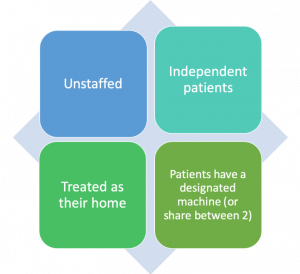
References:
- Liyanage T, Ninomiya T, Jha V. Worldwide access to treatment for end-stage kidney disease: a systematic review. Lancet. 2015;385:1975–1982.
- Marshall MR, Hawley CM, Kerr PG, Polkinghorne KR, Marshall RJ, Agar JW, et al. Home hemodialysis and mortality risk in Australian and New Zealand populations. Am J Kidney Dis. 2011;58(5):782-93.
- Kooistra MP, Vos J, Koomans HA, Vos PF. Daily home haemodialysis in The Netherlands: effects on metabolic control, haemodynamics, and quality of life. Nephrol Dial Transplant. 1998;13(11):2853-60.
- McFarlane PA, Pierratos A, Bayoumi AM, Redelmeier DA. Estimating preference scores in conventional and home nocturnal hemodialysis patients. Clin J Am Soc Nephrol. 2007;2(3):477-83.
- Vos PF, Zilch O, Jennekens-Schinkel A, Salden M, Nuyen J, Kooistra M MP, et al. Effect of short daily home haemodialysis on quality of life, cognitive functioning and the electroencephalogram. Nephrol Dial Transplant. 2006;21(9):2529-35.
- Wyld M, Morton RL, Hayen A, Howard K, Webster AC. A systematic review and meta-analysis of utility-based quality of life in chronic kidney disease treatments. PLoS Med. 2012;9(9):e1001307.
- Johansen KL, Zhang R, Huang Y, Chen SC, Blagg CR, Goldfarb-Rumyantzev AS, et al. Survival and hospitalization among patients using nocturnal and short daily compared to conventional hemodialysis: a USRDS study. Kidney Int. 2009;76(9):984-90.
- New Zealand National Renal Advisory Board. New Zealand Nephrology Activity Report 2016. Publisher Ministry of Health, Wellington, New Zealand. 2018.
- McKercher C, Jose MD, Grace B, Clayton PA, Walter M. Gender differences in the dialysis treatment of Indigenous and non‐Indigenous Australians. Australian and New Zealand Journal of Public Health. 2017;41(1):15-20.
- Mehrotra R, Soohoo M, Rivara MB, Himmelfarb J, Cheung AK, Arah OA, et al. Racial and Ethnic Disparities in Use of and Outcomes with Home Dialysis in the United States. J Am Soc Nephrol. 2016;27(7):2123-34.
- Walker RC, Howard K, Morton RL, Palmer SC, Marshall MR, Tong A. Patient and caregiver values, beliefs and experiences when considering home dialysis as a treatment option: a semi-structured interview study. Nephrol Dial Transplant. 2016;31(1):133-41.
- Marshall MR, Supershad S. Health Related Quality of Life (HRQoL) in Community House Hemodialysis (CHHD) versus Home Hemodialysis (Home HD). J Am Soc Nephrol. 2013;24 (Suppl):4 41A.
- Walker RC, Tipene-Leach D, Graham A, Palmer SC. Patients’ Experiences of Community House Hemodialysis: A Qualitative Study. Kidney Med. 2019;1(6):338-346.




